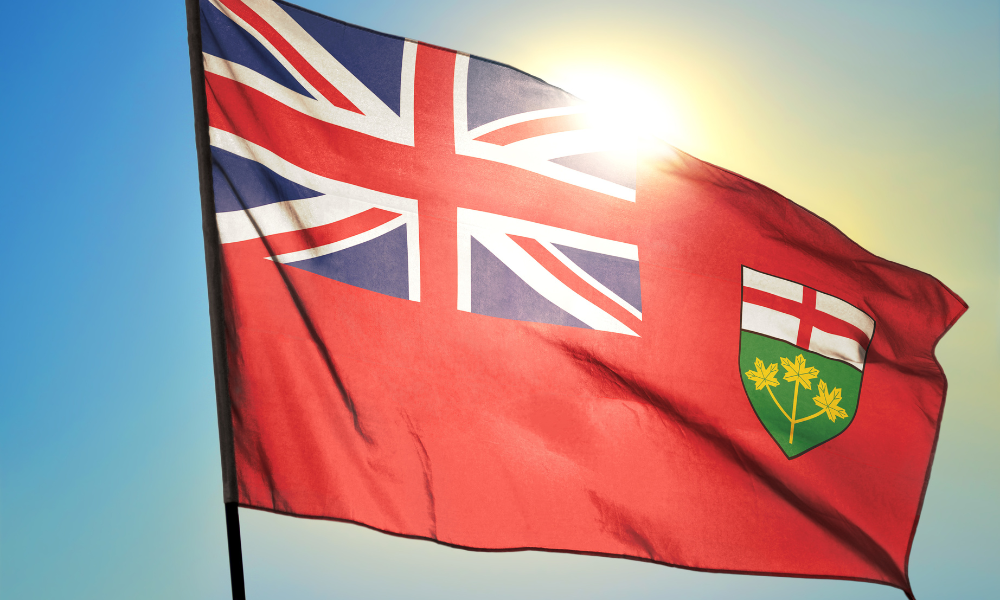The Commons’ public safety and national security committee has tabled a report that calls on the federal government to make a number of changes in how it deals with Indigenous people in federal prisons, particularly around funding, treatment and assessing issues such as fetal alcohol spectrum disorder in inmates.

The 10-member public safety committee contains three Ontario lawyers who are members of parliament, including the chairman, John McKay, as well as Julie Dabrusin and Sven Spengemann. McKay says the report was unanimous, which doesn’t often happen.
“The evidence was very disturbing,” says McKay. “This is not a new trend. It may actually be an accelerating trend, particularly with female prisoners.”
The report makes 13 recommendations that include increasing resources for Indigenous inmates within the federal correctional system, closing the funding gap for healing lodges and increasing the number of agreements with Indigenous communities to operate them, developing new risk assessment tools that are relevant for Indigenous inmates, having more culturally appropriate programming and hiring more Indigenous personnel within corrections facilities.
It also calls for the immediate appointment of a deputy commissioner for Indigenous affairs within Correctional Service Canada.
According to the report, there are approximately 3,500 Indigenous people in federal penitentiaries on any given day, which is 22.8 per cent of the prison population.
Since March 2005, the federal inmate population has increased by 17.5 per cent, but the Indigenous population grew by 47.4 per cent over the same period. The federally sentenced women population has increased 66 per cent, with the Indigenous women count growing by 112 per cent. McKay says that, from a lawyer’s standpoint, there should be an equal application of justice to all Canadians.
“Equality before the law is a sacrosanct concept, and the application of justice in this instance does not seem to be equal,” says McKay.
Latest News
Emily Hill, interim legal advocacy director with Aboriginal Legal Services in Toronto, says the report is a “good reminder that the corrections part is an important part of the criminal justice system.”
“You assist your clients or assist the interests of public safety until sentence is pronounced, and [you] often don’t inquire too much about what happens once people are sentenced,” says Hill.
“Those of us who work in the criminal justice system should pay more attention to what happens to people once they’re sentenced.”
The report notes that the intensifying trends around the number of Indigenous people in prisons has been caused in part by an increasing number of mandatory minimum sentences in federal legislation.
Jessica Orkin, partner with Goldblatt Partners LLP in Toronto, says there have been many comments over the years about how little the courts pay attention to what happens after sentencing.
“In the mandatory minimum context, under that litigation, there was surprise expressed by some judges as to how the system worked after sentencing in terms of people accessing parole and other things,” says Orkin.
Hill notes that the report comes soon after the Supreme Court of Canada’s decision in Ewart v. Canada, which is a strong condemnation of Correctional Service Canada’s treatment of Indigenous people. That the court’s decision is mirrored within the report shows that the political system, as well as the legal system, is attuned to the issue.
The SCC ruled in Ewert v. Canada, 2018 SCC 30 that Correctional Service Canada’s tools for assessing psychological and actuarial risk were inadequate for Indigenous prisoners, which breached their statutory obligations but not the Charter rights of inmates.
Jason Gratl of Gratl & Company in Vancouver, who acted for Jeffrey Ewert at the SCC, says the SCC’s ruling imposes a legal duty for Correctional Service Canada to reappraise its policies and practices from top to bottom for all inmates, particularly for Indigenous and other vulnerable inmates.
“Certainly, the language used by the Supreme Court of Canada dovetails with the concerns raised by the Office of the Correctional Investigator and by the public safety committee,” says Gratl. “Under the circumstances, it would be very difficult for the Correctional Services not to respond directly to the committee’s specific recommendations.”
McKay says the committee plans to hold the government’s feet to the fire on implementing the recommendations in the report.
In a statement to Law Times, Public Safety Minister Ralph Goodale thanked the committee for its report and said that he was carefully reviewing it.
“The overrepresentation of Indigenous people in correctional institutions is an intolerable situation that we’re working very hard to address,” said Goodale.






